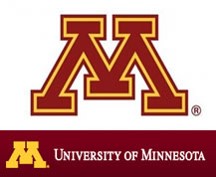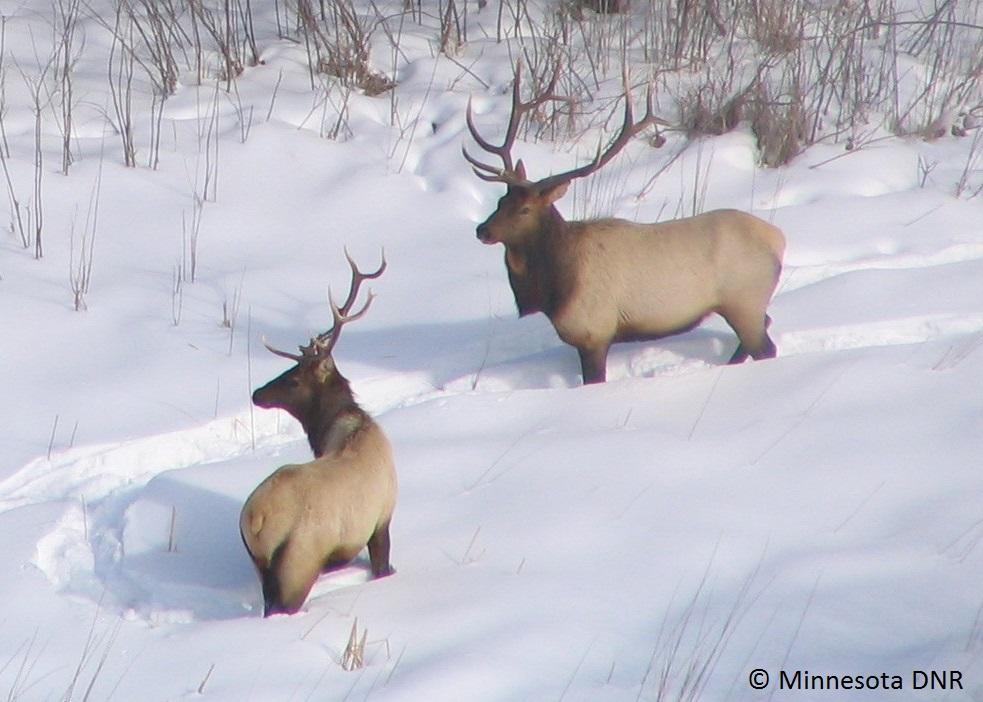Elk historically occupied most of Minnesota prior to the early 1900’s. They were probably most common on the prairie and in the forest transition areas as evidenced by the Ojibwe word for elk, omashkoozoog, or prairie moose. Although two small populations were reestablished in northwest MN, they are currently managed at low levels to reduce human‐wildlife conflict. Forested areas of the state, however, could avoid some of these conflicts and see significant ecological and economic benefits from returning elk to the landscape. Re‐establishing this keystone herbivore will help restore the state’s traditional wildlife heritage, diversify the large mammal community, increase tourism from wildlife viewers, and eventually provide additional hunting opportunities. Finally, a landscape actively managed for elk will benefit other species adapted to young forests and brushlands. Evidence from other eastern states indicates elk restoration can be successful, but success is dependent on active forest management and public support for elk by local communities.
Project Impact
If this study demonstrates there is sufficient public support and suitable habitat, then the next steps in the process for restoring elk to Northeastern Minnesota can be taken. Further, we will develop a research framework that could be applied to other areas of the state where citizens are interested in exploring the feasibility of elk restoration. The proposed work builds on elk research by the MNDNR in NW Minnesota to examine how this species is responding to a variety of landscapes. This study will directly address questions of management concern and will also advance managers’ understanding of (1) the strength of public support for an elk restoration in NE Minnesota; (2) where a reintroduced elk population could be most likely to thrive based on the landscape‐scale distribution of forage and cover; and (3) where areas of social support and highquality elk habitat overlap. Our ongoing collaborations with state, county, tribal, and federal agencies will ensure that the research results are broadly disseminated and that they will be used to help determine if elk restoration in this area is feasible in the future. Our initial studies are scheduled for completion in 2019.





